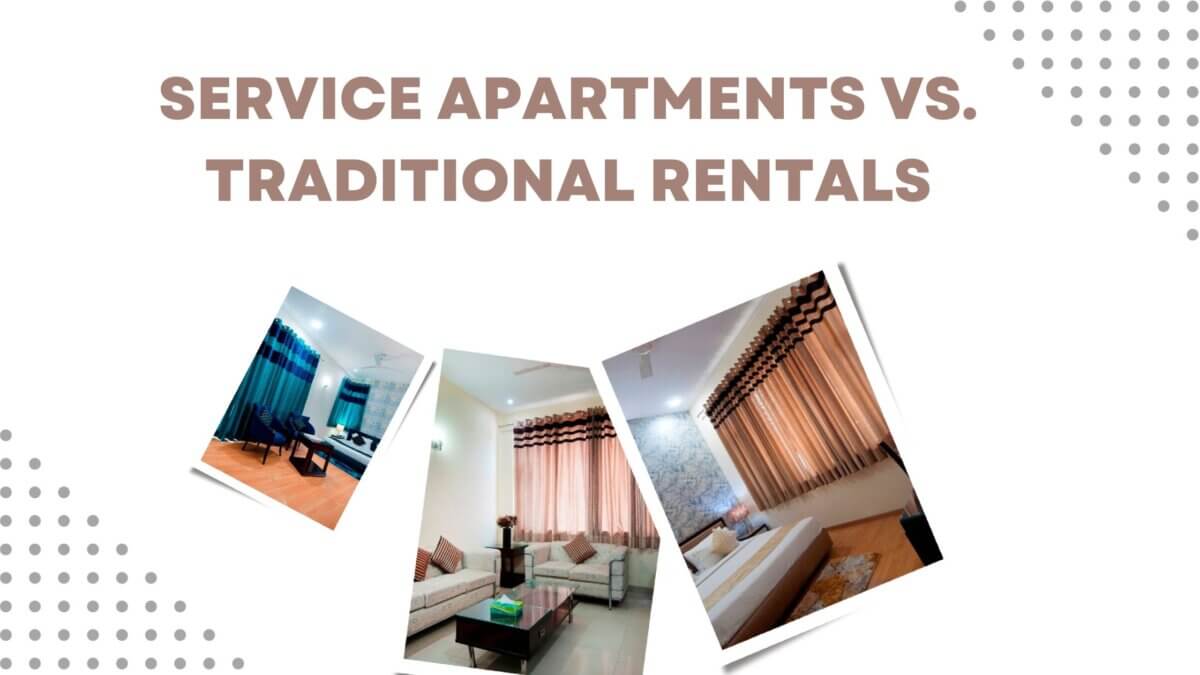The Benefits of Choosing Serviced Apartments for Long Stays in Gurgaon, India
Choosing a serviced apartment for a long stay in Gurgaon, India, is a decision that combines practicality, comfort, and cost-effectiveness. Whether you’re in the city for business, leisure, or a mix of both, the benefits of a serviced apartment contribute to a seamless and enjoyable extended stay experience. Embrace the convenience, flexibility, and homely atmosphere that serviced apartments in Gurgaon provide, and make your long stay a truly memorable one.

Gurgaon, a bustling city in India known for its corporate landscape and vibrant culture, attracts a myriad of professionals, expatriates, and tourists. For those planning an extended stay in Gurgaon, the choice of accommodation becomes a crucial decision. One option that stands out for its convenience, comfort, and flexibility is the serviced apartment. Here’s why serviced apartments are an excellent choice for long stays in Gurgaon.
Serviced Apartments for Long Stays in Gurgaon Feels Like Home
One of the primary reasons to opt for a serviced apartment in Gurgaon for an extended stay is the homely atmosphere they provide. Unlike traditional hotel rooms, these apartments offer spacious living areas, separate bedrooms, and fully equipped kitchens, allowing guests to maintain a sense of home even during an extended visit.
Ample Space for Living and Working
Serviced apartments provide more than just a place to sleep; they offer ample living space, creating a comfortable environment for both living and working. With separate living and sleeping areas, guests can maintain a clear distinction between their personal and professional space, enhancing overall well-being.
Strategic Locations for Work and Leisure
Gurgaon is a sprawling city, and the location of your stay matters. Serviced apartments are strategically situated in prime areas, providing easy access to business hubs, shopping centers, and recreational spots. This convenience minimizes commute times and ensures that guests can make the most of their stay, whether for work or leisure.
Ready-to-Live Accommodations
Serviced apartments in Gurgaon come fully furnished and equipped with all the essentials. From furniture and kitchen appliances to linens and Wi-Fi, everything is provided, eliminating the need for guests to invest time and effort in setting up their living space. This turnkey solution is especially beneficial for those on long-term assignments or relocations.
Tailored Services for a Comfortable Stay
Unlike traditional hotels, serviced apartments offer a more personalized experience. Many providers offer additional services such as housekeeping, laundry, and concierge services, ensuring that guests have everything they need for a comfortable and hassle-free stay.
Safe and Secure Environment
Security is a top priority for anyone on an extended stay. Serviced apartments in Gurgaon often come with 24/7 security, providing guests with a safe and secure environment. Additionally, the privacy afforded by these apartments allows guests to relax and unwind without external disturbances.










